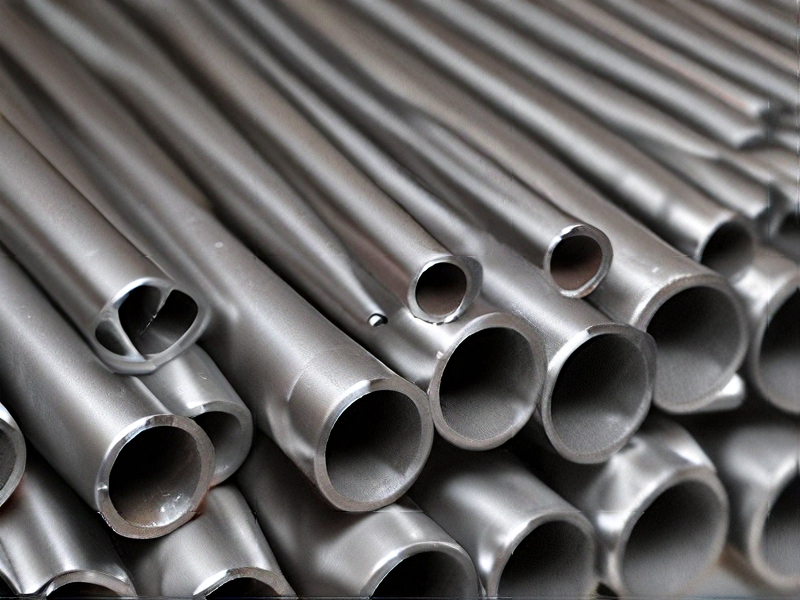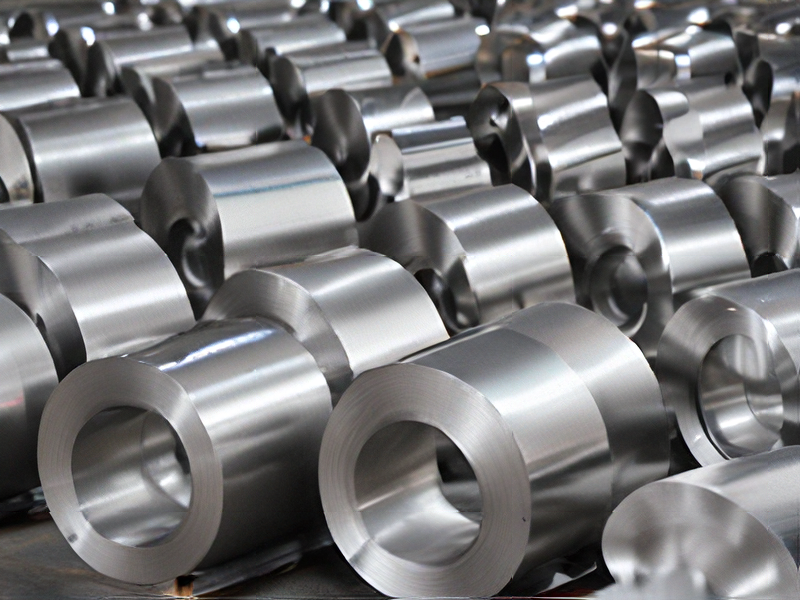Technology and Applications of 316 stainless steel
Technology and Applications of 316 Stainless Steel
316 stainless steel is an austenitic alloy known for its excellent corrosion resistance, particularly against chlorides and other industrial solvents. Its chemical composition includes high levels of chromium (16-18%), nickel (10-14%), and molybdenum (2-3%), which enhances its durability and resistance to pitting.
Technology:
1. Fabrication: 316 stainless steel can be fabricated using conventional welding, machining, and forming techniques. It’s easily welded by standard processes such as TIG, MIG, and resistance welding.
2. Heat Treatment: The alloy is non-hardenable by heat treatment, but it can be annealed to relieve stress and improve ductility.
3. Cold Working: 316 stainless steel can undergo cold working to enhance its strength and hardness without losing its corrosion-resistant properties.
Applications:
1. Medical Devices: Due to its biocompatibility, it is used in surgical instruments, implants, and dental equipment.
2. Marine Environment: Its resistance to saltwater corrosion makes it ideal for marine applications like boat fittings, valves, and heat exchangers.
3. Food and Beverage Industry: 316 stainless steel’s non-reactive nature with food substances makes it suitable for processing equipment, tanks, and kitchen appliances.
4. Chemical Processing: The alloy is used in the construction of tanks, pipes, and reactors where exposure to corrosive chemicals is common.
5. Oil and Gas Industry: It is utilized in offshore platforms, pipelines, and components exposed to harsh environments and high pressures.
6. Architecture: Used in building facades, railings, and fixtures due to its aesthetic appeal and weather resistance.
In summary, 316 stainless steel’s robust properties and versatile fabrication options make it a preferred choice across numerous industries where corrosion resistance and strength are critical.

Quality Testing Methods for 316 stainless steel and how to control quality
Quality testing of 316 stainless steel is crucial to ensure its corrosion resistance, strength, and overall performance. Several methods are employed:
Chemical Analysis: This determines the elemental composition, ensuring it meets the required specifications for chromium, nickel, molybdenum, and other elements. Techniques include spark emission spectroscopy and optical emission spectroscopy.
Mechanical Testing: Tensile strength, yield strength, hardness, and impact resistance are evaluated through standardized tests. Samples are subjected to controlled stress and strain to determine their mechanical properties.
Corrosion Testing: 316 stainless steel’s reputation for corrosion resistance is validated through tests like salt spray, pitting, and crevice corrosion tests. These expose the steel to harsh environments to assess its susceptibility to corrosion.
Microstructural Analysis:
Techniques like optical microscopy and scanning electron microscopy reveal the steel’s grain size, distribution, and presence of any defects. This helps understand its microstructure and predict its performance.
Quality Control Measures:
– Supplier Selection: Choosing reputable suppliers with rigorous quality control processes is essential.
– Incoming Inspection: Incoming materials are inspected for conformance to specifications.
– Process Control:
Manufacturing processes are closely monitored and controlled to ensure consistency.
– In-Process Testing: Samples are tested at various stages of production to identify any deviations.
– Final Inspection: Completed products undergo thorough inspection to meet quality standards.
By implementing these testing methods and quality control measures, manufacturers can ensure that 316 stainless steel meets the stringent requirements of various applications.

Tips for Procurement and Considerations when Purchasing from 316 stainless steel
When procuring 316 stainless steel, several key considerations and tips can ensure you make informed purchasing decisions:
1. Material Properties:
– Corrosion Resistance: 316 stainless steel has excellent resistance to chloride and marine environments, making it suitable for coastal and chemical applications.
– Strength and Durability: It offers good strength and toughness at both high and low temperatures.
2. Specifications:
– Standards Compliance: Ensure the material meets relevant standards (e.g., ASTM A240 for plates, ASTM A312 for pipes).
– Certification: Request mill test reports (MTRs) for verification of the material’s composition and mechanical properties.
3. Supplier Selection:
– Reputation and Reliability: Choose suppliers with a strong track record for quality and reliability.
– Capabilities: Verify that the supplier can provide the required sizes, finishes, and quantities.
4. Cost Considerations:
– Price Fluctuations: Stainless steel prices can vary based on market conditions. Lock in prices with a contract if possible.
– Total Cost of Ownership: Consider the long-term benefits of 316 stainless steel, such as lower maintenance and longer lifespan, against the initial cost.
5. Quality Control:
– Inspection and Testing: Implement rigorous inspection and testing protocols to ensure material quality and performance.
– Third-Party Audits: Consider third-party audits for additional assurance of quality.
6. Delivery and Logistics:
– Lead Times: Plan for adequate lead times, especially for custom orders.
– Shipping and Handling: Ensure proper packaging and handling to avoid damage during transit.
7. Sustainability:
– Recyclability: 316 stainless steel is highly recyclable, which can support your sustainability goals.
– Environmental Impact: Consider the environmental footprint of your procurement process.
By focusing on these areas, you can ensure that you procure high-quality 316 stainless steel that meets your specific needs while optimizing costs and maintaining high standards of quality and sustainability.

FAQs on Sourcing and Manufacturing from 316 stainless steel in China
FAQs on Sourcing and Manufacturing 316 Stainless Steel in China
1. Why choose 316 stainless steel?
316 stainless steel offers excellent corrosion resistance, particularly against chlorides and industrial solvents, making it ideal for marine, pharmaceutical, and chemical applications.
2. What are the key benefits of sourcing from China?
China provides competitive pricing, a vast selection of suppliers, advanced manufacturing capabilities, and high production capacities.
3. How do I find reliable suppliers?
Use platforms like Alibaba, Global Sources, and Made-in-China. Verify supplier credentials, request samples, and check reviews and third-party audits.
4. What are the common forms of 316 stainless steel available?
Common forms include sheets, plates, bars, pipes, and fittings, which can be customized to specific dimensions and finishes.
5. What should I consider regarding quality control?
Ensure suppliers adhere to international standards (ASTM, ISO). Conduct regular inspections, request material certificates, and consider third-party quality assurance services.
6. What is the typical lead time for orders?
Lead times vary by supplier and order complexity but typically range from 2 to 8 weeks. Custom orders may take longer.
7. How can I manage shipping and logistics?
Work with experienced freight forwarders. Ensure proper packaging to prevent damage and understand customs regulations to avoid delays.
8. What are the payment terms?
Common terms include T/T (Telegraphic Transfer), L/C (Letter of Credit), and D/P (Documents against Payment). Initial orders may require a deposit.
9. Are there any import duties or taxes?
Check your country’s specific import regulations. Import duties and taxes on 316 stainless steel vary by country and product classification.
10. What should I know about intellectual property protection?
Register your IP in China and use Non-Disclosure Agreements (NDAs) to protect your designs and specifications.

